Boost Your Construction Projects with Non-Woven Geotextile Fabric
High-quality non-woven geotextile fabric reinforces soil, controls erosion, and ensures durable construction.
Tel: +86-411-39569550 | E-mail: info@geofantex.com/geofantex@gmail.com
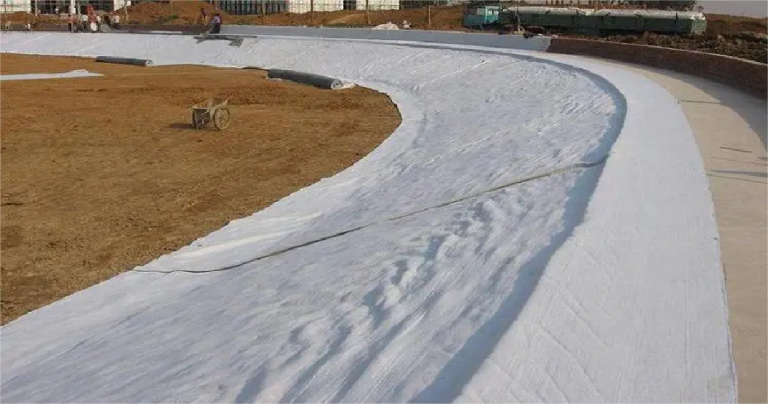
High-quality non-woven geotextile fabric reinforces soil, controls erosion, and ensures durable construction.

Discover how geocomposite drain in geosynthetics solves water drainage, erosion control, and soil stabilization challenges efficiently.

Learn how drainage composite in geosynthetics solves water management, erosion, and soil stabilization challenges efficiently.

Explore how geonets coastal engineering improves drainage and stability in shoreline protection for durable coastal projects.

Understanding geonet water flow direction is key to effective drainage in geosynthetics systems — learn design insights.
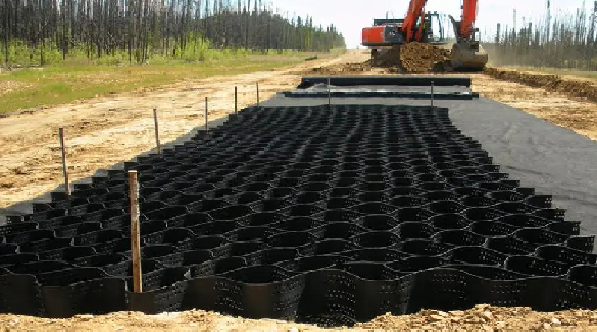
Discover how Rutguard geocell reinforces roads, prevents rutting, and improves subgrade stability in real infrastructure projects.

Explore how HDPE geocell enhances slope stability and load support in real-world infrastructure projects with proven results.
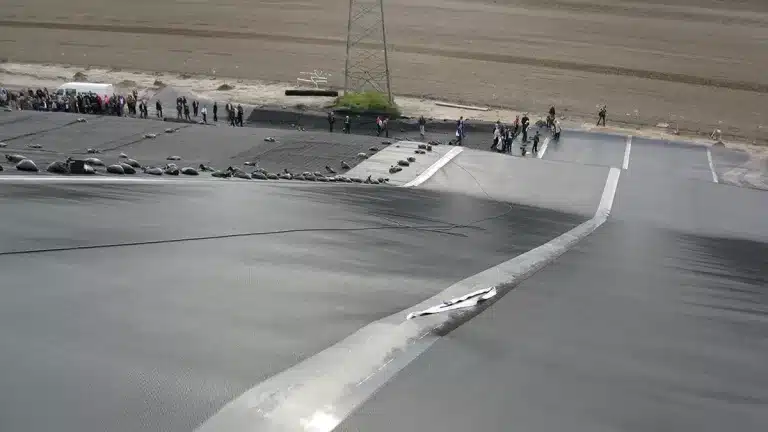
Discover how Geofantex geomembranes improve waterproofing, reduce leaks, and ensure sustainable, long-lasting projects.
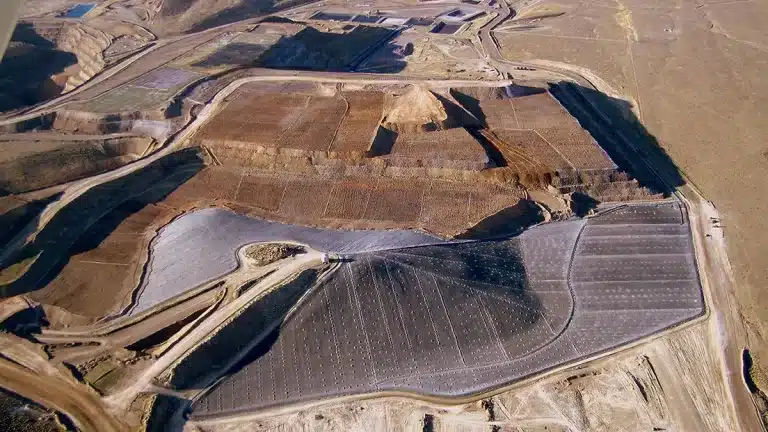
Discover how Geofantex geomembranes improve waterproofing, reduce leaks, and ensure sustainable, long-lasting projects.
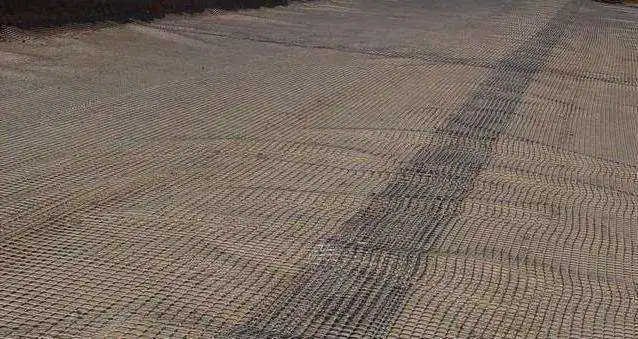
Learn how a geogrid near me improves soil stability, enhances load distribution, and reduces maintenance costs.
End of content
End of content
WhatsApp us